
-
Find the right food for your petTake this quiz to see which food may be the best for your furry friend.Find the right food for your petTake this quiz to see which food may be the best for your furry friend.Featured products
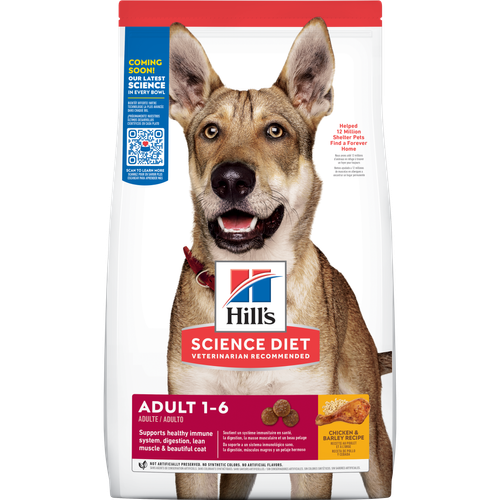 Adult Chicken & Barley Recipe Dog Food
Adult Chicken & Barley Recipe Dog FoodSupports lean muscle and beautiful coat for adult dogs
Shop Now Puppy Lamb Meal & Brown Rice Recipe
Puppy Lamb Meal & Brown Rice RecipeVital nutrients to support 5 essential building blocks for lifelong health
Shop Now Adult Small & Mini Lamb Meal & Brown Rice Recipe Dog Food
Adult Small & Mini Lamb Meal & Brown Rice Recipe Dog FoodFor the faster metabolism of Small & Mini dogs
Shop NowFeatured products Hill's Science Diet Adult Sensitive Stomach & Skin Chicken Recipe Dog Food
Hill's Science Diet Adult Sensitive Stomach & Skin Chicken Recipe Dog FoodHighly digestible recipe, gentle on stomachs. Nourishes skin & promotes a lustrous coat
Shop Now Adult Indoor Chicken Recipe Cat Food
Adult Indoor Chicken Recipe Cat FoodSupports energy level and beautiful fur in indoor cats
Shop Now Adult Chicken & Barley Recipe Dog Food
Adult Chicken & Barley Recipe Dog FoodSupports lean muscle and beautiful coat for adult dogs
Shop Now -
Dog
- Dog Tips & Articles
-
Health Category
- Weight
- Food & Environmental Sensitivities
- Urinary
- Digestive
- Joint
- Kidney
-
Life Stage
- Puppy Nutrition
- Adult Nutrition
- Senior Nutrition
Cat- Cat Tips & Articles
-
Health Category
- Weight
- Skin & Food Sensitivities
- Urinary
- Digestive
- Kidney
-
Life Stage
- Kitten Nutrition
- Adult Nutrition
Featured articles Virtual Vet Visits: What You Need to Know
Virtual Vet Visits: What You Need to KnowLearn the ins and outs of a televet appointment before you talk to a vet online.
Read More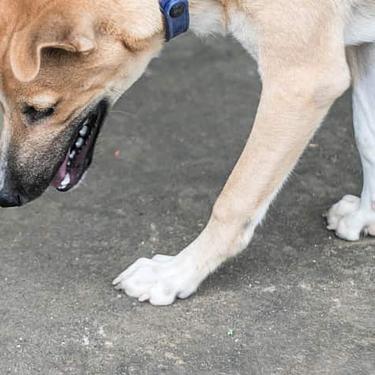 My Pet Ate a Lizard — What Should I Do?
My Pet Ate a Lizard — What Should I Do?Learn what to do if your pet eats a lizard, including whether they can be toxic and symptoms to keep an eye on when they've swallowed one.
Read More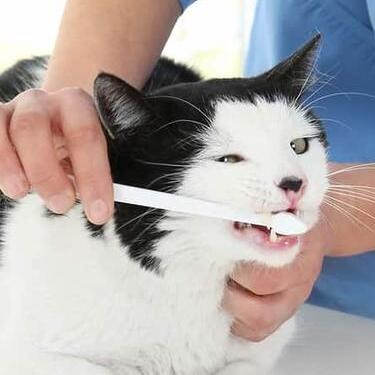 Pet Dental Health: What Happens During a Deep Teeth Cleaning?
Pet Dental Health: What Happens During a Deep Teeth Cleaning?Learn about veterinary dental care for your pet, including deep teeth cleaning procedures, which can help your dog or cat maintain proper dental health.
Read More -


At some points in your cat's life, it might make sense to change up the food you give them. Changing cat food as your kitty ages or if they develop a medical issue will help to support their health. But it's important to know how to safely transition your pet to a new food.
Here are common reasons to consider changing your cat's meal plan:
Age Transitions
Your cat's nutritional needs shift as they grow from a cuddly little kitten into a wise senior cat. Choosing the best cat food for their life stage helps ensure they're getting the nutrients and calories they need. You should be transitioning your kitten to an adult cat food around year one, and your adult cat to a senior or mature adult food around age seven. To find the right food for your cat's age, look at the labels. The Association of American Feed Control Officials (AAFCO) is a great resource for deciphering pet food labels and making the best choice for your cat.
Health Issues
When your kitten or adult cat is treated for an illness or injury, your veterinarian may recommend a specific food to help them manage a specific condition or help them recover. Many therapeutic foods are available and your veterinarian can help guide you to the one that fits your cat’s needs. For example, cats with kidney disease benefit from food with high quality protein but lower levels of phosphorus and cats with upset tummies benefit from highly digestible foods.
Picky Eater
Switching cat food might also be in order if you have a picky eater on your hands. Cats know what they like (no secret there). International Cat Care explains that even the texture of food is also important to cats.
If you've recently adopted a cat, they may have developed a preference for a certain type of food, such as wet over dry food. If you're switching cat food to accommodate your discerning kitty, just make sure it provides them the nutrients they need. Your vet, again, is a great resource for information when choosing a new food that will meet your cat's discerning tastes, while still providing adequate nutrition.
Pet Food Trends
New pet foods and pet food fads are popping up all the time, but it's a good idea to check with your veterinarian before serving your cat the hottest new food. According to the Merck Veterinary Manual, the newest cat food trend may not be appropriate for your kitty, especially if it includes food for humans or dogs, or food that's homemade — all of which could cause nutritional imbalances.


Tasty Tips
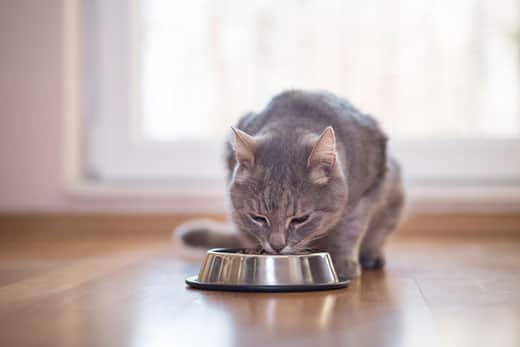
How to Safely Transition Your Cat to a New Food
When switching your cat's food, it's important to slowly ease them into their new meal plan. If you change their food too quickly, it may result in new ones, such as vomiting or diarrhea, explains Pet Health Network.
Follow these tips to help your kitty adjust to their new food as smoothly as possible:
- Start by mixing together their current food and the new food
- Gradually decrease the amount of old food you give them while increasing the new food over a seven to 14 day period
- Observe your cat's behavior and watch out for negative reactions, such as tummy trouble
For a more detailed strategy and directions for portion control between the new & old food, see our article about transitioning cat foods.
When to Visit the Vet
It's important to only change your cat's food if there's a strong reason to do so — typically only if your veterinarian recommends it or your cat has reached a new stage in life.
If you notice a change in your kitty's level of hunger, such as decreased or dramatically increased appetite, the Cummings School of Veterinary Medicine at Tufts University recommends that you don't switch their food or overcompensate with treats. Instead, take your cat to the vet to determine the root of their eating issues.
Cats are hard-wired to prefer certain aromas and textures, so it may take some time to find the right cat food for them. But with some searching and a little patience, you'll discover the healthiest cat food for your furry friend.


Christine O'Brien is a writer, mom, and long-time cat parent whose two Russian Blues rule the house. Her work also appears in Care.com, What to Expect, and Fit Pregnancy, where she writes about pets, pregnancy, and family life. Find and follow her on Instagram and Twitter @brovelliobrien.
Related products

Vital nutrients to support 5 essential building blocks for lifelong health

Supports energy level and beautiful fur in indoor cats

Highly digestible recipe, gentle on stomachs. Nourishes skin & promotes a lustrous coat

Supports lean muscle and beautiful coat for adult dogs
Related articles
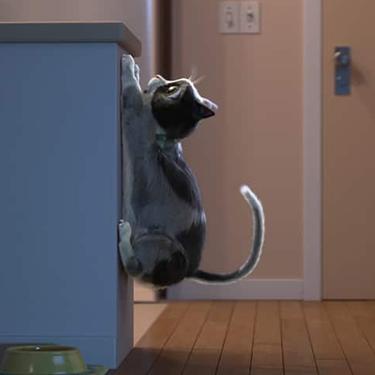
What is the best food for an overweight cat? Learn all about weight control food for cats, including what's in it and how it works.
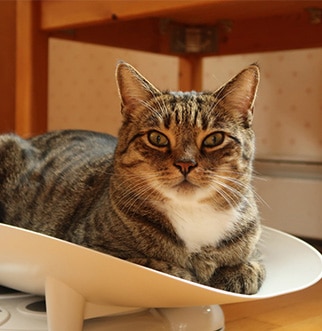
How do you get a cat to lose weight? Learn all about cat foods for weight loss, including how to choose weight control cat food and exercise tips.
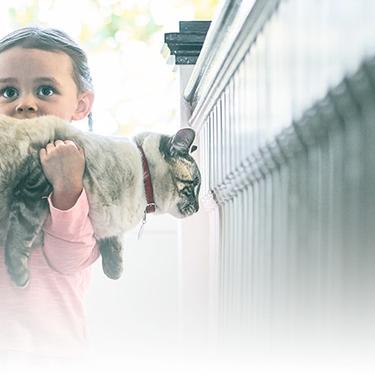
Discover how to identify cat sensitive skin and what you can do to help your cat thrive from head to paw.
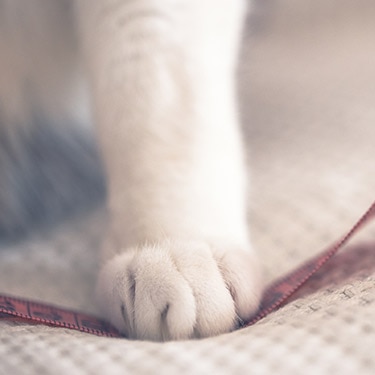
What is the best food for an overweight cat? Learn all about weight control food for cats, including what's in it and how it works.

Put your cat on a diet without them knowing
Our low calorie formula helps you control your cat's weight. It's packed with high-quality protein for building lean muscles, and made with purposeful ingredients for a flavorful, nutritious meal. Clinically proven antioxidants, Vitamin C+E, help promote a healthy immune system.
Put your cat on a diet without them knowing
Our low calorie formula helps you control your cat's weight. It's packed with high-quality protein for building lean muscles, and made with purposeful ingredients for a flavorful, nutritious meal. Clinically proven antioxidants, Vitamin C+E, help promote a healthy immune system.

